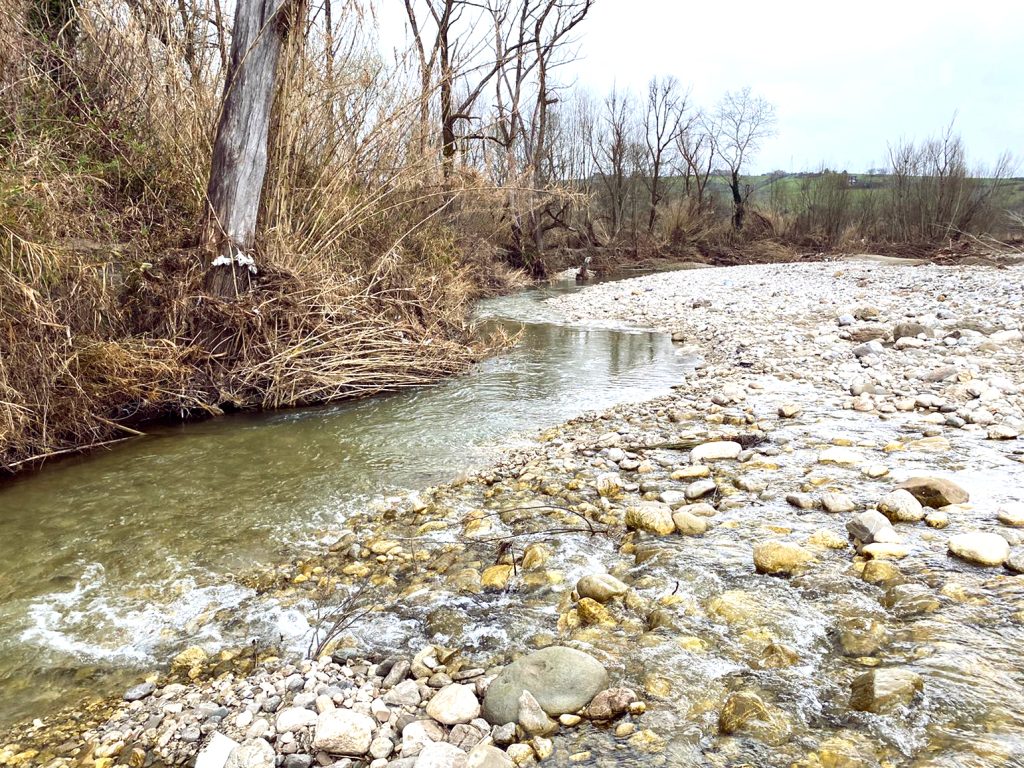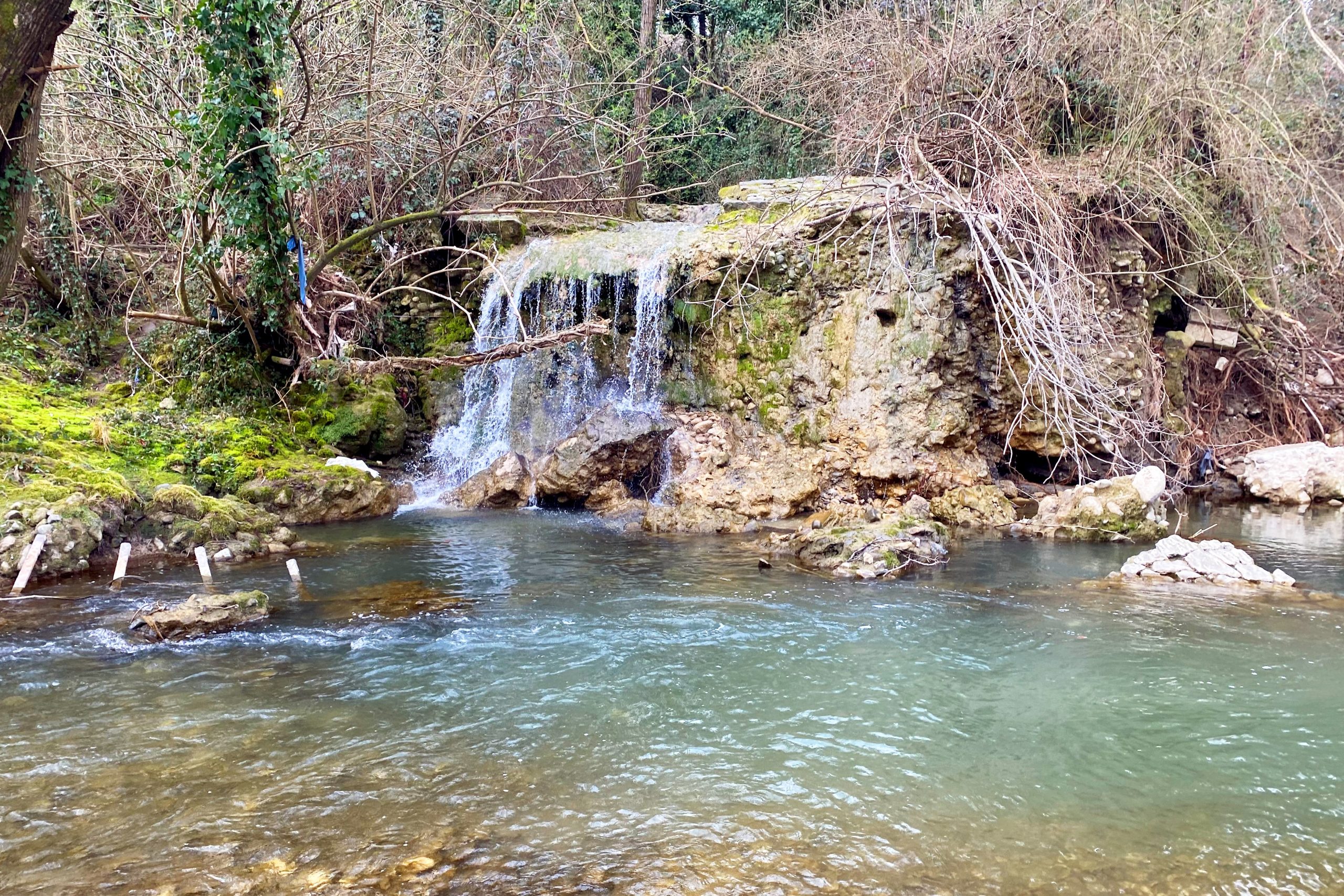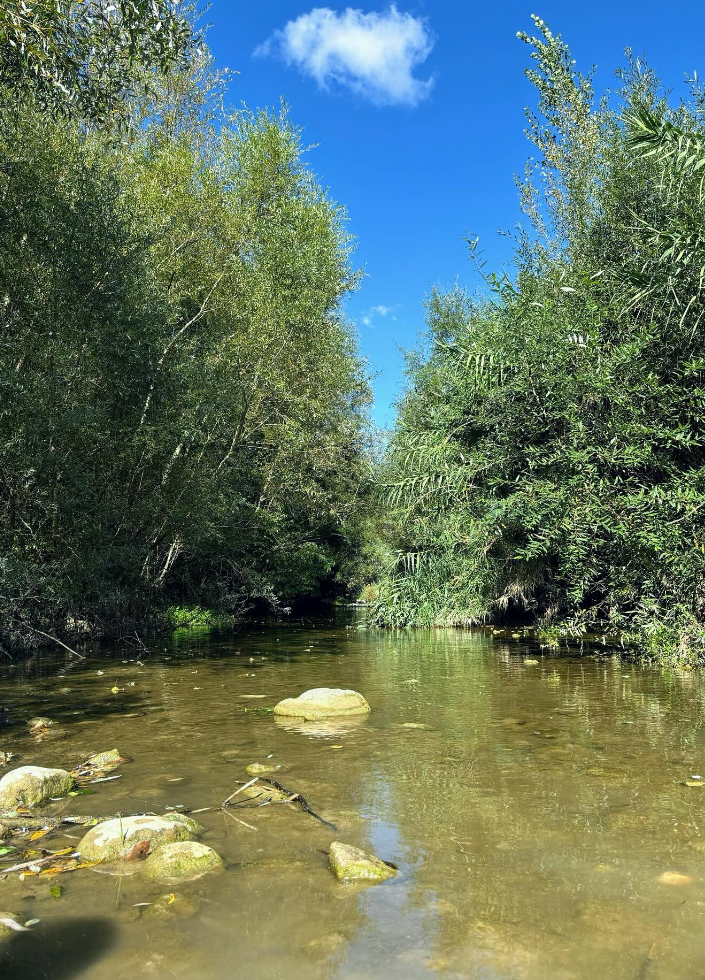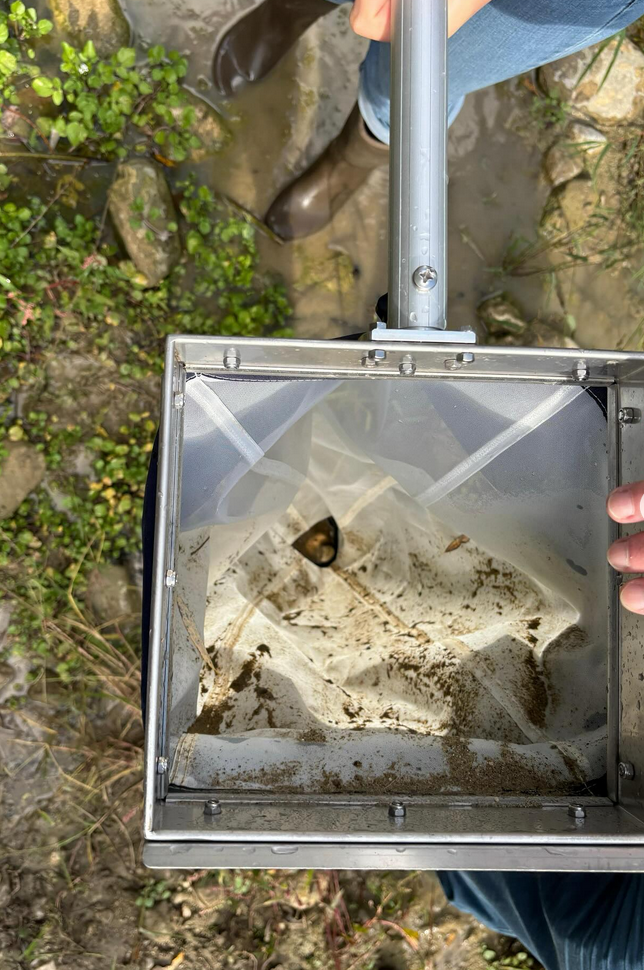
A network of ~100 streams and small rivers will be constituted in the 5 Research cities.
Benevento
The city Benevento with its approx. 60,000 inhabitants has developed along its rivers. It is located in a hinterland basin of the Campania region (135m a.s.l.). Surrounded by high hills and mountains such as the Taburno Camposauro massif, Monte Mutria and the Daunian Mountains. It is centered between the Tyrrhenian and the Adriatic Sea.
There are two main rivers in the city: the Calore, a tributary of the Volturno River, and Sabato, which enters into Calore. These rivers have completely been integrated in the urbanization and many embankments have been modified by overbuilding (mostly illegal) by recent districts. In many cases, this condition prevents the separation of rainwater from wastewater with the result of a large presence of water pollution and environmental degradation, which differentiates this research site from the others, bringing complementary information. Conversely, the numerous streams and minor rivers have a rich riparian vegetation with habitats that host native, but also invasive plant and animal species.
In 2009, the Province of Benevento financed a project for monitoring the rivers Calore, Sabato, Isclero and Tammaro. This project allowed to collect first data on the status of the various rivers, broadening the temporal and spatial scale of OneAquaHealth. We will complement this data with water quality assessments, biodiversity and environmental monitoring.




A network of ~100 streams and small rivers will be constituted in the 5 Research cities.
Empowering Youth and Communities for Urban Stream Health: Citizen Science in Benevento under OneAquaHealth
Urban aquatic ecosystems are often undervalued by city administrations, leading to unsustainable interventions such as space reduction, excessive vegetation removal, artificial riverbank modifications, and inappropriate water usage or construction practices. This neglect not only compromises ecological integrity but also overlooks the critical link between waterway health, biodiversity, and human well-being.
In response, the OneAquaHealth (OAH) project—supported by the European Union—prioritises citizen engagement as a cornerstone of its strategy. In Benevento, activities across 18 rivers exemplify this approach through a collaborative effort involving regional institutions and environmental organisations, including the Campania Region, IZSM, LIPU, WWF, FIPSAS, ATC BN, MoGAE, CeRVEnE, and the Infrastruttura di Ricerca prp. The “G. Galilei – M. Vetrone” Higher Education Institute plays a key role in mobilising youth participation.
Under the guidance of Professor Luigi Esposito (University of Naples Federico II), with support from Dr. Nadia Piscopo and Engineer Oscar Tamburis (National Research Council), students were actively involved in assessing the ecological status of Benevento’s urban streams. Enabled by the leadership of Headmaster Professor Antonella Gramazio and the dedicated collaboration of Professors Concetta Nicoletti and Elvira Donazzoli, the initiative also benefited from the expertise of LIPU Benevento representatives Daniela Hildish and Marcello Stefanucci.
During meetings held on September 16, 23, and October 2, 2025, students served as beta-testers of the OneAquaHealth Citizen Science App, contributing observations on the San Nicola, Serretelle, Vallone Cornacchie, and Jenga streams. Their input was shared with the broader European community, reinforcing the project’s commitment to participatory science, environmental stewardship, and cross-border knowledge exchange.





